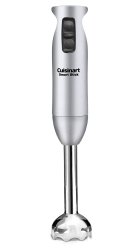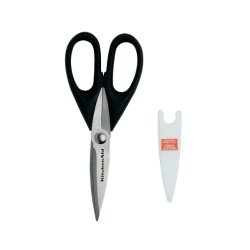This is one of my very favorite soup recipes. It can be made mild or spicy. It is creamy (due to the peanut butter) and yet also completely dairy free. All in all, a wonderful combination of flavors; a delicious pureed vegetable soup!
1-2 tablespoons oil
1 onion chopped
2 cloves garlic minced
1 cup water or vegetable broth
1 tablespoon ground ginger
1 (29oz) can sweet potatoes, drained and rinsed
2 carrots, chopped
1-2 bell peppers, red, yellow or orange
1 tablespoons paprika
1 teaspoon cayenne, or more paprika
1 (6oz) can tomato paste
1 (8oz) can tomato sauce
1 tablespoon brown sugar
1/2 cup peanut butter
crushed peanuts and chopped green onions
Heat the oil in the bottom of a large saucepan. Saute the onion and garlic for a couple minutes until softened. Add the water (or broth), the ginger, potatoes, carrots and bell pepper. Simmer for about 20 minutes. Add remaining ingredients. Use cayenne pepper only if you want to make a spicy version of this soup. Process with an immersion blender until smooth, or process in batches in your food processor. Heat through. Serve garnished with crushed peanuts and/or chopped green onions.

![]()
Not only is this soup very tasty, but it is also absurdly easy if you have the right equipment. Every home chef who finds him- or herself with a need to puree — even on an infrequent basis — has absolutely no reason at all not to invest in an immersion blender. Food processors are great, and they are necessary for certain tasks; I still use my food processor for thicker or tackier recipes like dips and spreads (e.g. hummus, salmon spread, artichoke dip, etc.), noodle or bread dough, and curries or curry pastes with whole spices that need to be well-pulverized. But any recipe project a bit more liquid in consistency is made so much easier with an immersion blender.
It has, however, recently come to my attention that all immersion blenders are not created equal. One of my students was telling me about a carrot soup she planned to prepare for a holiday meal. She bemoaned the annoyance of pureeing the soup in batches using a food processor. I, of course, extolled the virtues of the immersion blender, but she told me the last time she’d used an immersion blender it was disappointing and ineffective. I could hardly imagine what went wrong; perhaps some blenders are just not very good quality, or don’t have very sharp blades, perhaps she had been using a blender intended for lighter jobs like mixing powder additives into smoothies. Either way, I recommended my blender, a Cuisinart. She came back the next week and reported that she had purchased a Cuisinart and it had worked like a charm! So, if you’ve had disappointing experiences with immersion blenders in the past, don’t despair! The Cuisinart is designed for heavier-duty food processing, and I highly recommend it.

![]()
The other kitchen item that will help you immensely with this, and similar, kitchen projects, is a good pair of kitchen scissors. Most people keep scissors in their kitchen the sake of opening packages, but many have never considered using them for food preparation. In this recipe, for instance, kitchen scissors make the job of slicing green onions a snap. Why drag out the cutting board and slice when you can simply hold the onions and snip? Kitchen scissors are excellent for all sorts of herbs and small greenery. You might not think to use them for cutting larger vegetables, but in a recipe like this where the veggies end up pureed anyway, I like to use the kitchen scissors to open up my bell pepper. Again, it saves breaking out (and washing later) the cutting board and knife. I cut the pepper open, or in half, wash out the seeds under the faucet, and then put the flesh in whole. It will just soften up and get pureed anyway, so why go to all the trouble of slicing or dicing? Kitchen scissors are also very useful in trimming the fat off meat and shredding cabbage or lettuce (just roll the leaf and cut slim ribbons). Once you get a pair, you will find more and more uses for it in your kitchen.
